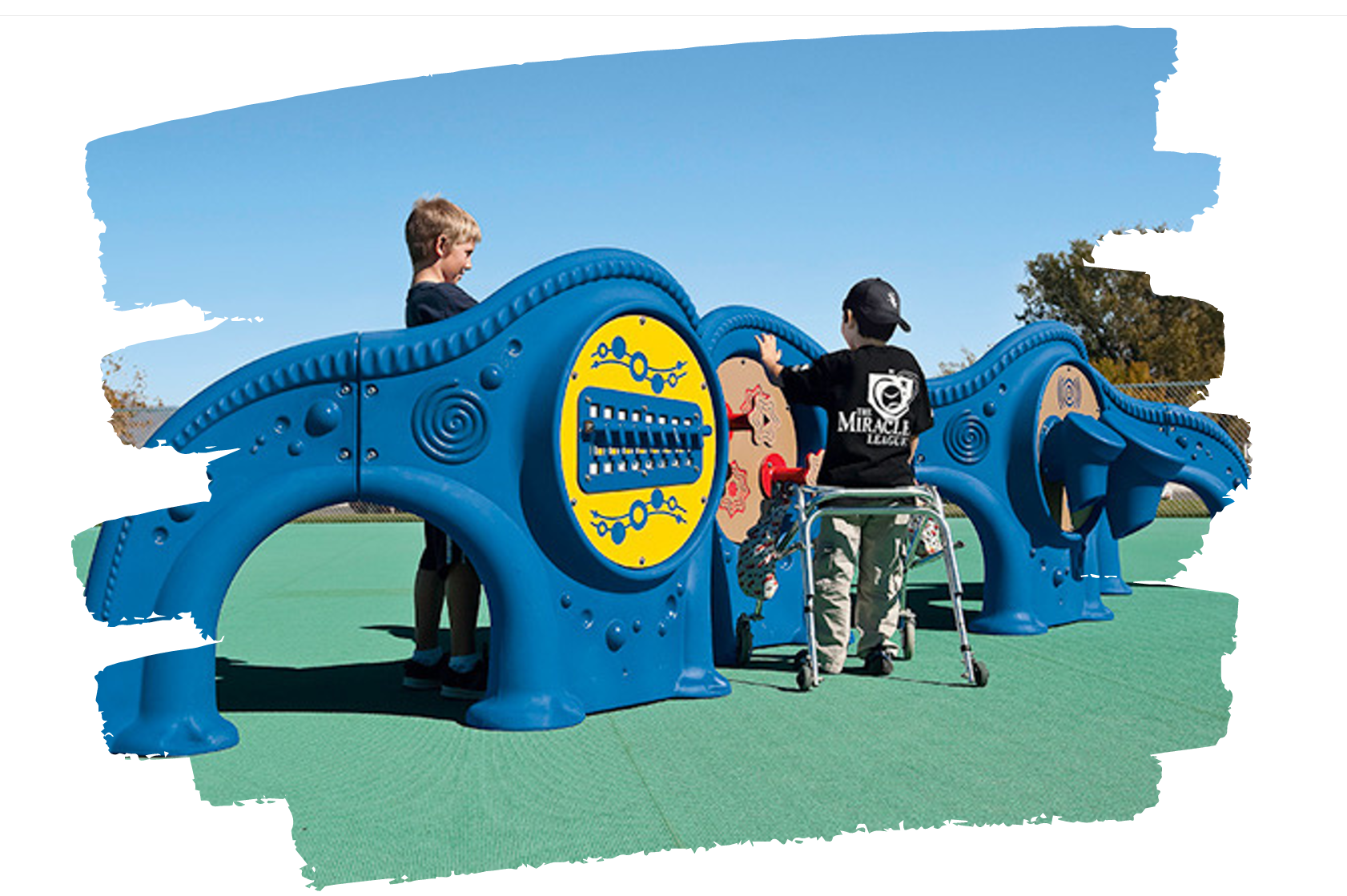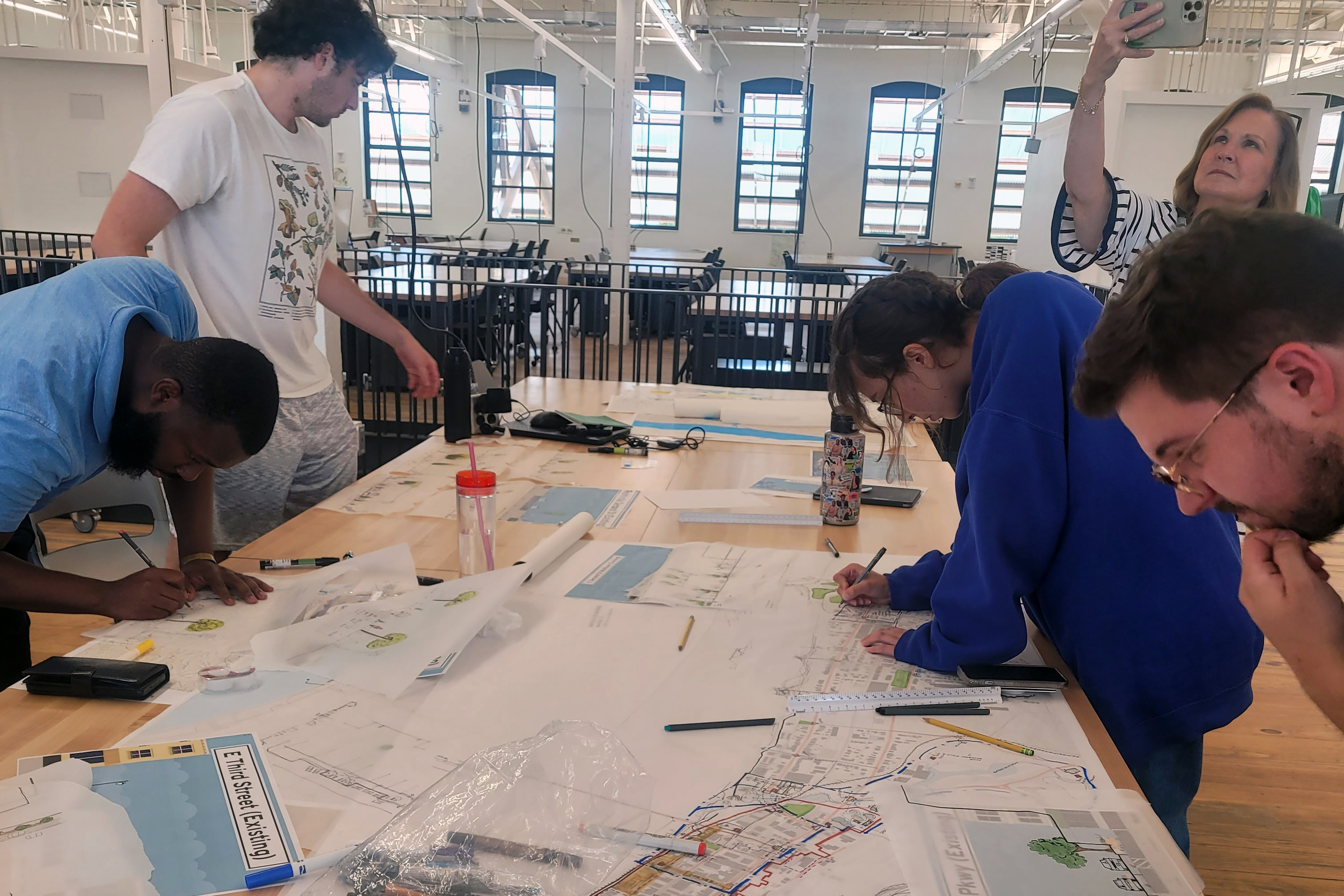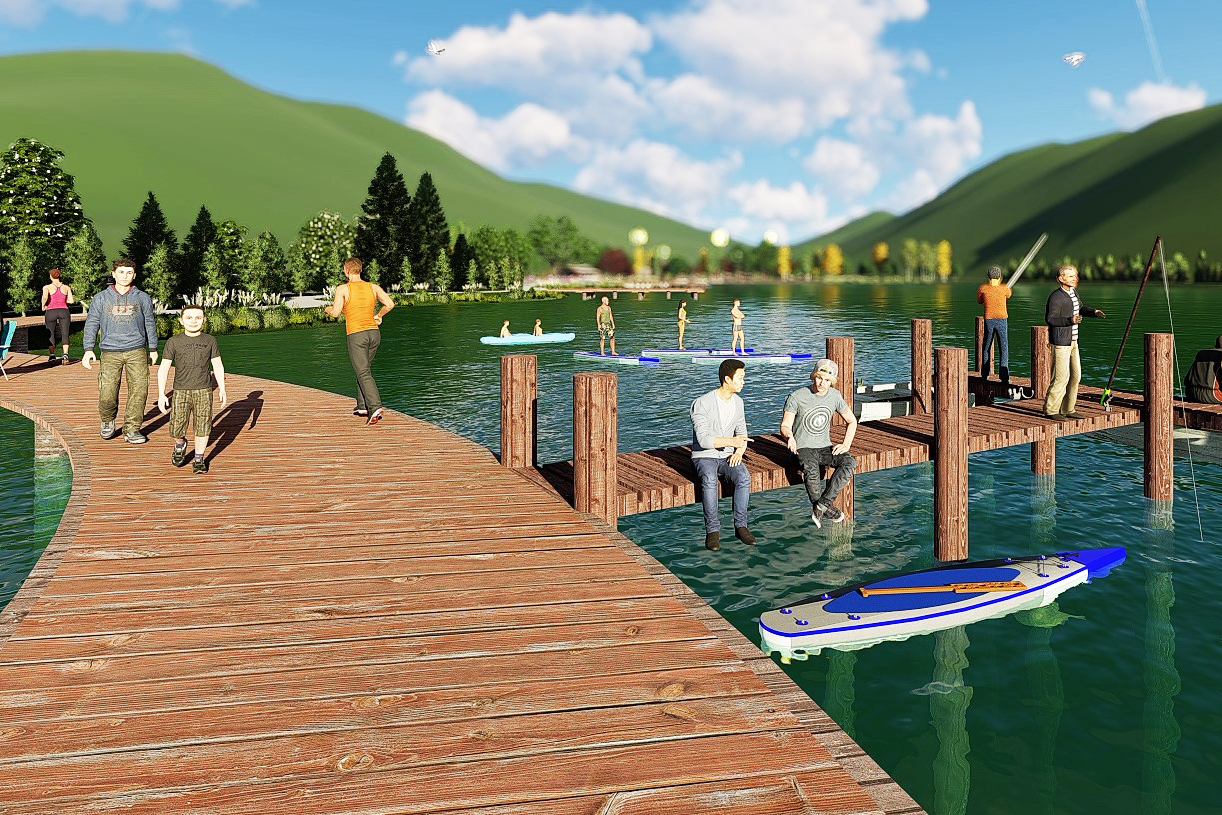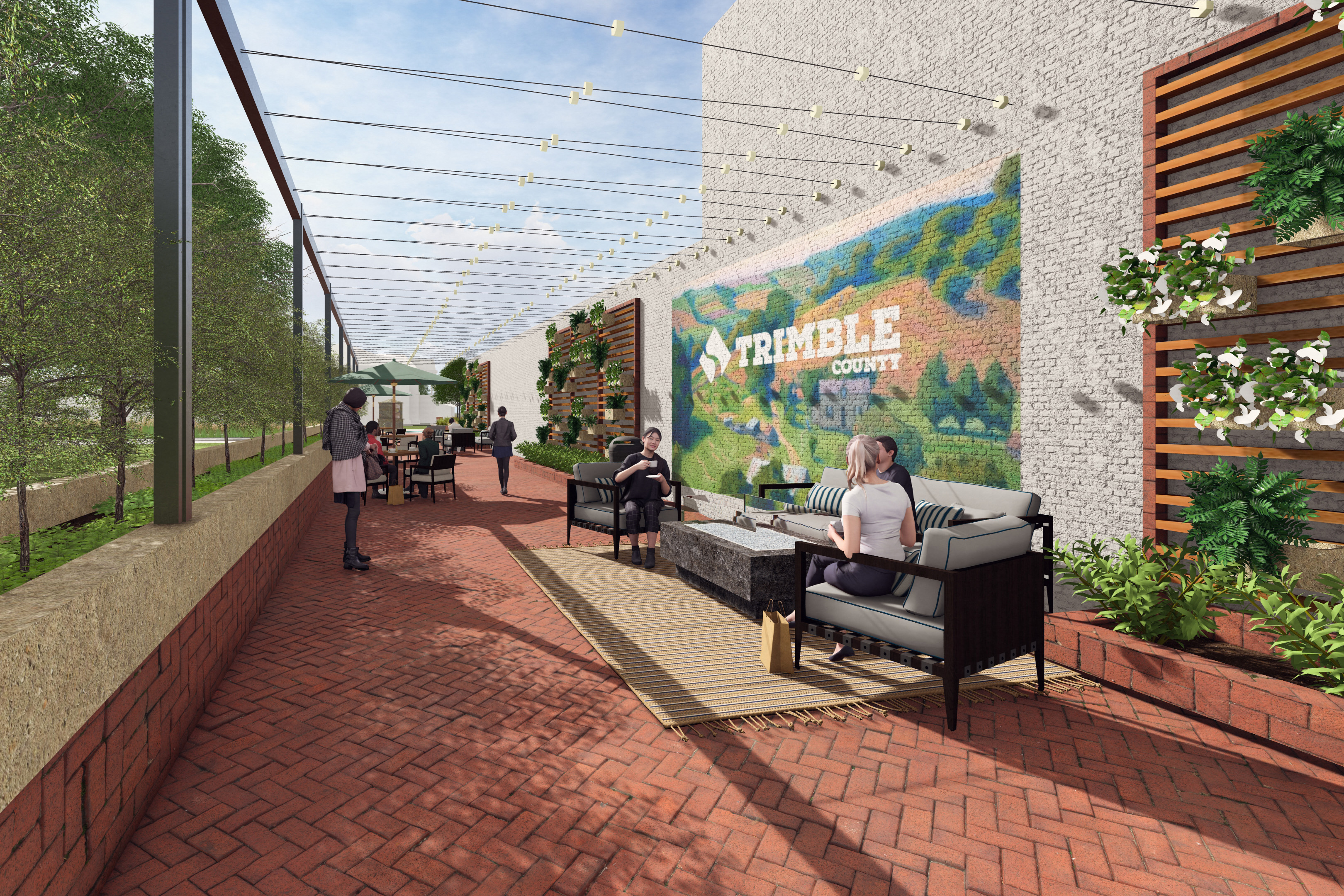Activity Guide | Universal Playground
Activity Guide | Universal Playground

INTRODUCTION
Universal design is the design of buildings, products, or environments to make them accessible to all people, regardless of age, disability, or other factors. This may be someone who uses a wheelchair, someone who is visually impaired, or someone who is deaf or hard of hearing. When you design something focused on universal design, there are 7 main ideas to focus on:
-
Equal Use
The design can be used by all people: in the same way whenever possible; similar when not.
-
Flexible Use
The design allows a person to decide how best to use an item, not the item, decide how best to be used.
-
Intuitive Use
The design is easy to understand, regardless of the person’s experience, knowledge, language skills, or current concentration level.
-
Low Physical Effort
The design can be used efficiently and comfortably and with a minimum of fatigue.
-
Tolerance for Error
The design minimizes dangers and the adverse consequences of accidental or unintended actions.
-
Size and Space for Use
Appropriate size and space are provided for approach, reach, manipulation, and use; regardless of a person’s body size, posture, or mobility.
-
Perceptible Information
The design communicates necessary information effectively to the person, regardless of surrounding conditions or sensory abilities.
When you work through the activities below, make sure to consider how a person with disabilities would use each element. How can you change current playgrounds so that everyone can enjoy them? The 7 Principles of Universal Design were developed in 1997 by a working group of architects, product designers, engineers, and environmental design researchers, led by the late Ronald Mace at North Carolina State University.
UNIVERSAL PLAY EXAMPLES
Below are some images of playground equipment that anyone could use. Notice how the equipment can be utilized by someone no matter their abilities, and in many instances, they can be used by multiple people. This allows everyone to participate.
-
Sensory Play
This play equipment provides sensory activities that many age ranges and abilities can enjoy. The ease of understanding encourages play.
-
Social Play
This carousel allows users to enjoy the playground together. You can stand, sit on the bench, or lock a wheelchair on to play safely.
-
Equal Play
Here, these monkey bars can be used by anyone, no matter their abilities. You and your friend can climb them together!
REFERENCES
https://www.walesonline.co.uk/news/local-news/new-wheelchair-friendly-roundabout-been-11755696
https://anchorageparkfoundation.org/2017/10/inclusive-play-anchorage/
UNIVERSAL PLAYGROUND WORKSHEET
Materials:
- The included worksheet
- A pencil
- Colorful supplies: markers, crayons, colored pencils, watercolors, paint, etc
- Additional paper as needed
- Optional: Magazines you can cut images out of and glue sticks
-
Circle some items below that would help make a playground an enjoyable space.
UMBRELLA, LITTER, SLIDE, SWINGS, MONKEY BARS, TIRES, TABLE AND 4 CHAIRS, TWISTER, CHECKERS, CHESSBOARD, ZIPLINE, A STAGE, WALKING TRAIL, SEESAW, TRASH CANS, BATHROOM, SANDBOX, WATER FEATURE, SMOOTH SIDEWALKS, WATER MAT, FLOWERS, SHADE, SIDEWALKS, ALE 8, BASKETBALL COURT, MINI GOLF, TENNIS COURT, SQUIRRELS, VOLLEYBALL NET, TRAMPOLINE, ROCKING CHAIRS, RAMP, TREEHOUSE, BIKE PATH, BIKE RACK, GARDEN, BENCHES, TREES, MURAL, WATER FOUNTAIN, DOG STATION, HANDRAILS, TUNNEL, MULCH
- Which of the above items would be important to someone who has disabilities? Circle those items in a different color.
- What items have two circles? List those below.
- When designing a playground, it is important to include elements that everyone can enjoy, no matter what their age, disability, or other factors. Brainstorm a few innovative playground items that can be used by everyone.
- Using the design elements you circled and the playground items you wrote down, create a park that you and your friends or family could all enjoy. Use colorful tools to draw your ideas, cut images out from a magazine to paste on, or sketch your ideas on the next page. Use additional paper as needed.


